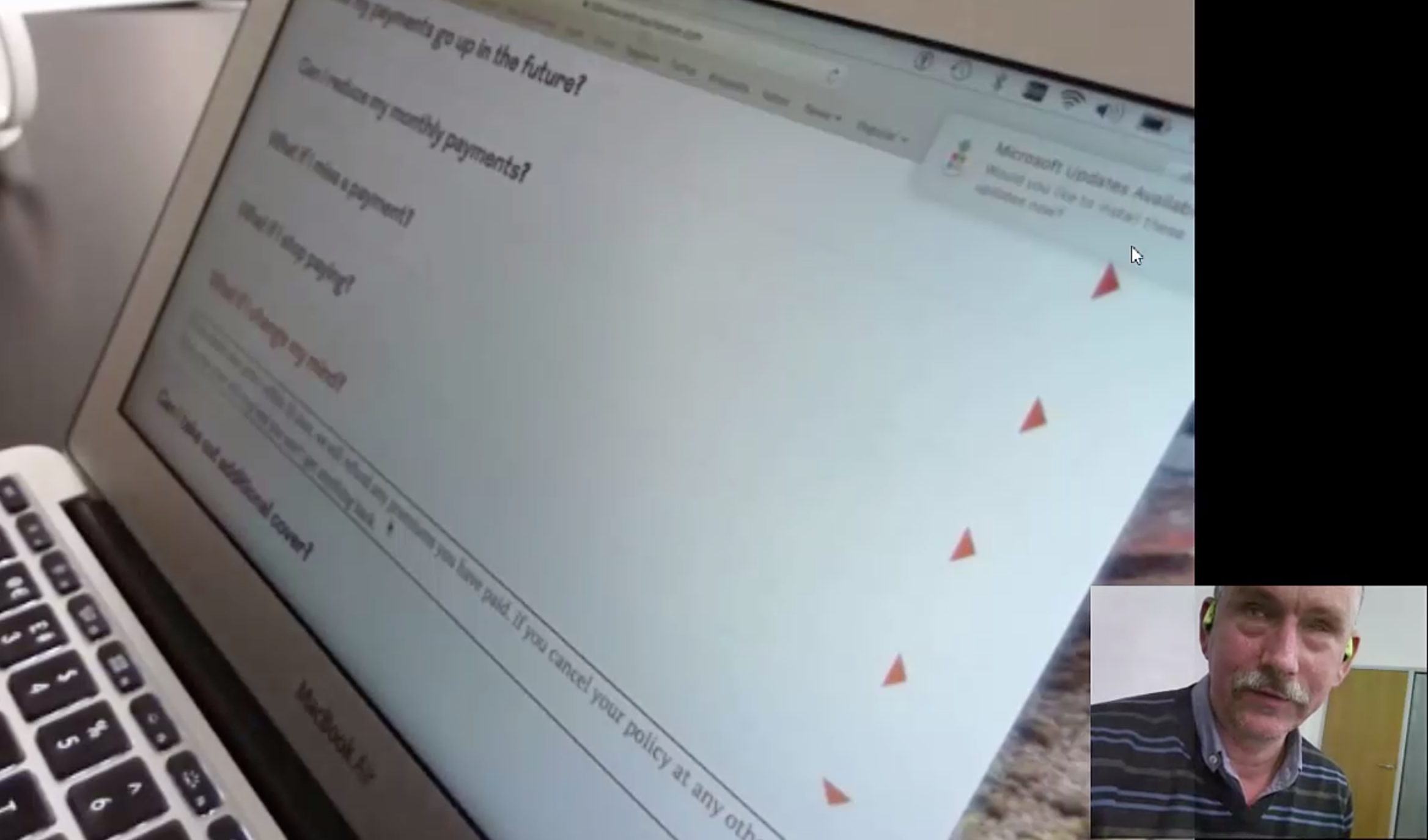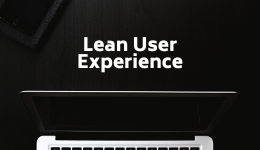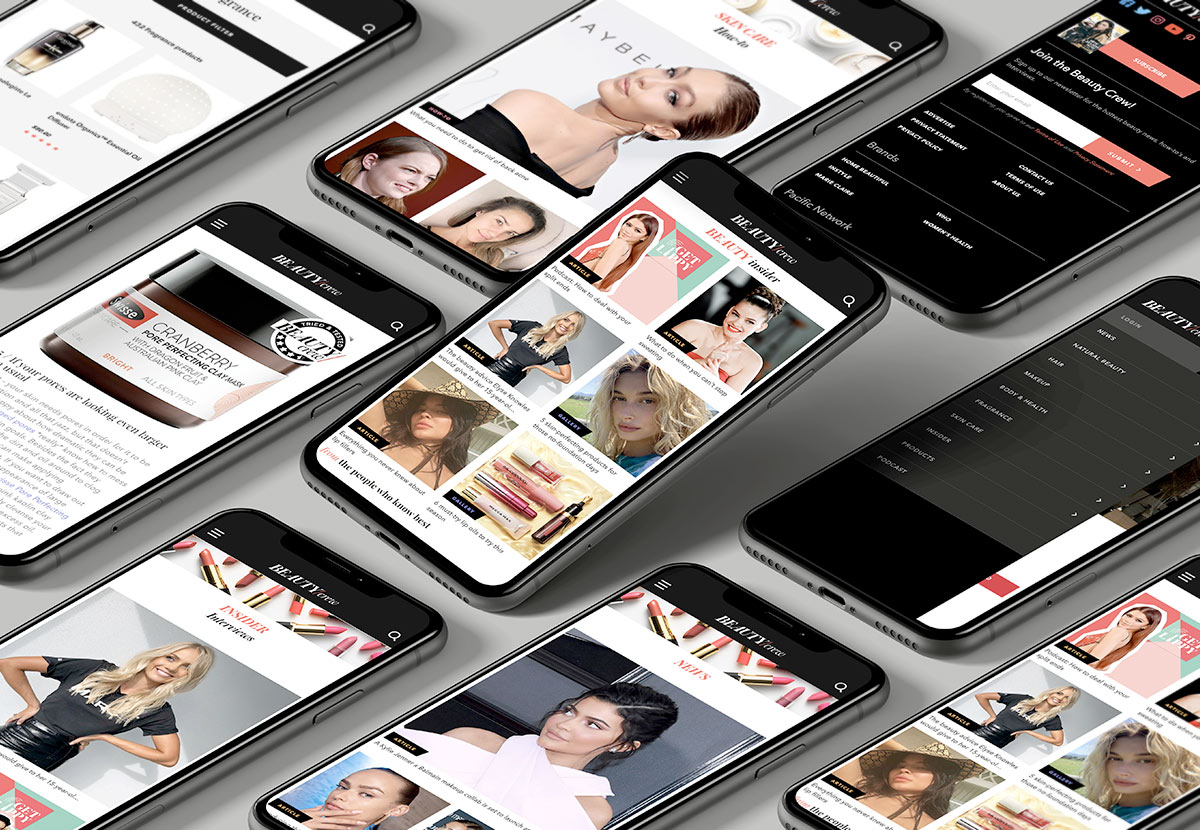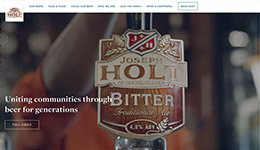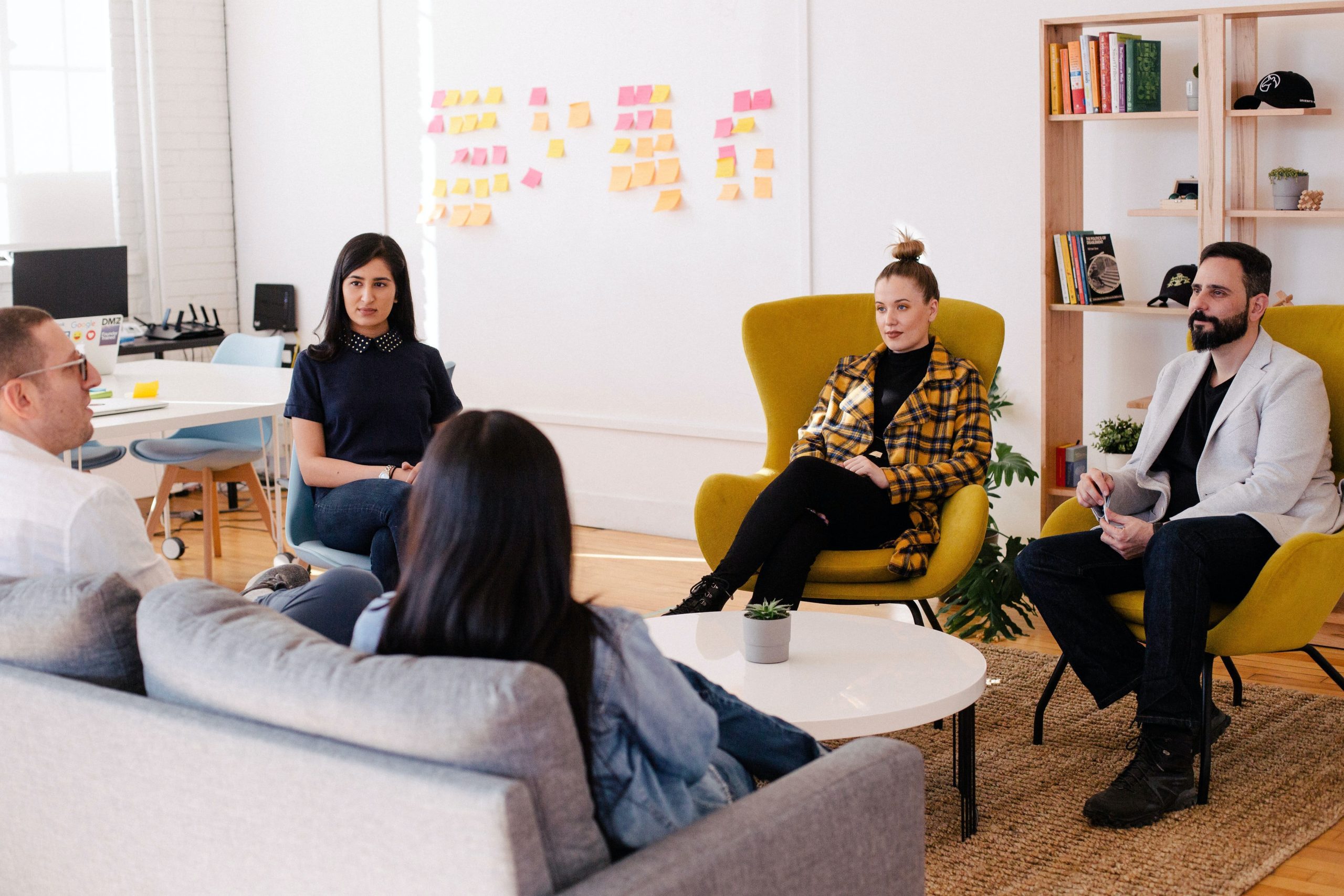
‘Battling bias in UX research’ is part 2 of 3 in our trauma-informed design blog series. Read the first ‘trauma-informed design’ blog.
Biases are taboo, but it’s far worse to pretend you’ve never had them and don’t need to change. If you’re intrigued by your own biases, have a look at this tool.
It helps me to realise that most people of my type (white, middle class, raised in the 80s) were brought up in a racist, sexist, homophobic society. That doesn’t mean we are all bigots, but those opinions live on in ways we need to work hard to notice.
Research and design, like every other part of our society, are influenced by our patriarchal and imperialist history – that is, they tend towards a dynamic where we as designers hold power, and our intended recipients are cast in an inferior role where ‘we know what’s good for them’ and ‘they ought to be grateful’. Sheila McKechnie Foundation raises the issue of similar power dynamics in how social sector organisations work for social change – you can see their project here.
Imagine a Victorian anthropologist (probably wearing a stupid hat) observing and disrupting an indigenous culture, spreading their germs and rigidly applying their moralistic values to what they see and making judgments accordingly. While we’re not consciously behaving this way, we need to be mindful that these biases could be living rent-free in our heads – we need to strive to equalise power balances, and create a dialogue rather than ‘observing’ and ‘broadcasting’.
As user-centred practitioners, we should always be striving to evolve our methods, but of course we fall into ruts – we try a research method or workshop technique in a project, and when it goes well, we tend to repeat that practice over and over again.
I know some ruts I’m likely to fall into. While not everything is a terrible crime (or caused by my upbringing), there is an impact.
‘Hiding’ the research plan from participants
I don’t mean to! I’m not the most naturally organised person, so I’ll keep adding to a research plan until the last minute. The knock-on effect is I can’t give it to the participants to look at in advance. Coupled with this, traditionally research doesn’t prioritise transparency to participants. This might increase their anxiety, and denies them the chance to consider what might be useful for them to bring up from their experience. Instead, we’ll hear about what they can remember from the top of their head, missing potentially important intel.
What’s better?
Be transparent with your participants. Give them a sense of what questions or discussion you’re planning and the contribution they can make. Tell them how long it might take and reinforce their right to withdraw at any time.
Recruiting the ‘easy to get’ participants
This is probably the most common issue I’ve seen, particularly for the charity and social sector, as it feels mad to spend money on recruitment if you can source participants through existing relationships. Doing so leads to bias in UX research findings in ways we know and ways we don’t. Of course, people who already know your organisation have a certain kind of insight into you, but we’re reinforcing our bias against those who don’t know you.
What’s better?
A hybrid approach to recruitment, using specialist agencies like Criteria or Acumen to source ‘strangers’, alongside people who you already know from your CRM database or mailing lists.
Following your curiosity
Qualitative research thrives on natural conversation, and as a researcher, you’re on the hunt for ‘treasure’ (valuable insights which will inspire ideas and solutions). However, it can be easy to stray into a broad conversation that doesn’t relate to your scope of inquiry, and really, you’re just being nosey. You could leave participants feeling invaded or exploited.
What’s better?
Natural questioning and pursuing ideas is important, but when writing a research script, I always tabulate it, and add the column, ‘Why are we asking this?’. This relates your questions back to clear objectives, which you can give your participant up front. If a question occurs to you during a session, you can ask yourself the same thing – how does it relate to your objectives? Do you really need to know?
Having a great idea half way through a conversation and suggesting it off-the-cuff
This isn’t the worst thing and can spark off a great conversation. However, the ‘great idea’ I’ve just come up with could require an entire fleet of cargo ships full of servers to run, and in reality, is never, ever, going to happen. I could be causing immense excitement, followed by horrible disappointment to the participant, especially if this imagined service could make a big difference to their or their family’s life.
What’s better?
Have that lovely open conversation, but continually remind yourself and your participants that this is all pie-in-the-sky. Talk about the barriers, if you know what they might be. For participatory design sessions, a constraint often sparks even more creative ideas.
I ? formative semi-structured interviews
There are good reasons why. It’s easy to make the wrong assumptions and to structure your research accordingly (for instance, to ask participants to carry out a task which they would never actually do in real life. They’ll just be kind and go along with your delusion that this is what a human person would do). However, research isn’t one-size-fits-all.
What’s better?
Formative research can benefit from good sturdy scaffolding to ensure you gather good evidence from a range of participants. For instance, a diary study with specific questions to answer, or a ‘timeline’ method which asks participants to describe different stages of a long-term experience. That structure can help some participants understand and contribute effectively. Varying methods can ensure you’re reaching a more diverse audience.
Loading the research at the front of the project
I love formative research because it sets the tone for the whole project: we join together in a common understanding of who we are reaching and why it matters. However, those participants may have given us a lot of themselves in those sessions. They might have shared life-changing and difficult life experiences with us. To not honour that contribution with a longer term dialogue, to exclude them from the more functional testing of ideas later in the project is not just a lost opportunity for us to understand our digital product better, but could leave them wondering why they bared their souls to us.
What’s better?
It’s important to consider what pay-off we can give participants for their contribution. We can at least show them what we’ve come up with, and let them continue to be part of the dialogue. The reality is we have limited budgets and can never do all the research and refinement we’d like to. Good project planning and budgeting always helps. Revisiting participants saves some of the time and energy needed to recruit, as well as it being the right thing to do for the participants.
Don’t let your biases stop you
The worst thing I could do is feel intimidated by my own failings to the point where I avoid researching with participants.
I think that any research (assuming we’re following decent safeguarding practice) is better than none, even if it’s a conversation with your sister-in-law about how Gift Aid works.
We thrive on stories. They move us to action and change, and research gives us one powerful story after another. If we’re all trying to improve how we find them: if we understand that our participants are equals, experts and co-creators, then the stories will be more truthful and our ideas more likely to succeed.

